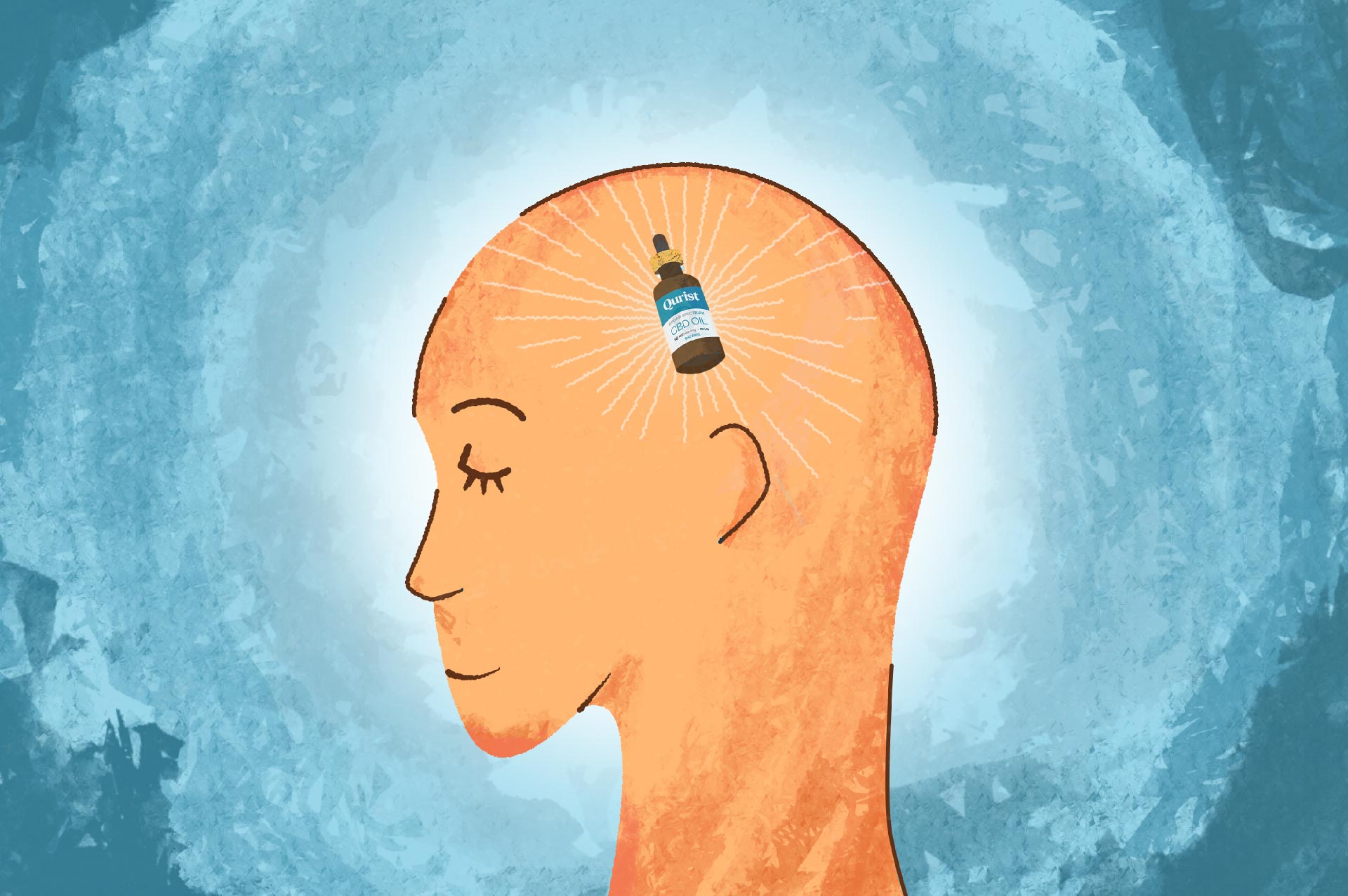Cancer pain is a challenging aspect of living with cancer, impacting not only physical well-being but also emotional and psychological health. While advances in medicine have significantly improved cancer treatment, managing cancer pain remains an essential part of improving the quality of life for patients.
Cancer Pain
Cancer pain can arise from various factors, including:
- Tumour Pressure: A growing tumour may press on bones, nerves, or organs, creating mechanical pain that can be constant or intermittent.
- Treatment Side Effects: Chemotherapy, radiation, or surgery can lead to pain and discomfort. Chemotherapy-induced peripheral neuropathy affects up to 60% of patients, while radiation can cause skin irritation and tissue inflammation.
- Nerve Damage: Cancer treatments or the disease may damage nerves, resulting in chronic neuropathic pain characterized by burning, tingling, or shooting sensations.
- Inflammation: Inflammation caused by cancer or its treatments can trigger pain. Inflammatory cytokines released by tumors can sensitize pain receptors throughout the body.
- Bone Metastases: When cancer spreads to bones, it can cause severe pain, fractures, and mobility issues. This affects approximately 70% of patients with advanced breast or prostate cancer.
The nature of cancer pain can vary, ranging from acute and intermittent to chronic and constant. Pain can be classified as nociceptive (from tissue damage), neuropathic (from nerve damage), or mixed. Understanding the cause and type of pain is crucial for effective management and helps healthcare providers develop targeted treatment strategies.
Types of Cancer Pain Management
Managing cancer pain often requires a combination of therapies tailored to individual needs. The World Health Organization's pain ladder provides a systematic approach, starting with non-opioid medications and progressing to stronger treatments as needed.
1. Pharmacological Treatments
- Over-the-counter medications: Acetaminophen and ibuprofen may be used for mild pain. These form the foundation of the WHO pain ladder and can be effective for bone pain and inflammatory conditions.
- Prescription Pain Relievers: Stronger medications, such as opioids (morphine, oxycodone, fentanyl, tramadol), are prescribed for moderate to severe pain. Doctors closely monitor their use to prevent dependency. Long-acting formulations provide consistent pain relief, while short-acting medications address breakthrough pain.
- Adjuvant Drugs: Medications like antidepressants (amitriptyline, duloxetine) or anticonvulsants (gabapentin, pregabalin) can help manage nerve pain or enhance the effects of painkillers. These are particularly effective for neuropathic pain conditions.
-
Breakthrough Pain Medications: Fast-acting opioids like immediate-release morphine or fentanyl lozenges for sudden, severe pain episodes that "break through" regular medication.
2. Radiation Therapy
For pain caused by tumours pressing against bones or organs, targeted radiation therapy can shrink the tumour and alleviate discomfort. Palliative radiation is particularly effective for bone metastases, with up to 80% of patients experiencing significant pain relief. Single-dose treatments are often as effective as multiple sessions for pain control.
3. Nerve Blocks and Epidural Injections
These methods involve injecting anesthetic or steroids directly into or near nerves to block pain signals. They are effective for localized pain relief and can last weeks to months.
4. Surgery
In some cases, removing a tumour or relieving pressure caused by it through surgery can reduce pain. Palliative surgeries focus on improving quality of life rather than curing cancer, such as stabilizing bones at risk of fracture or removing obstructing masses.
Non-Medical Pain Management Techniques
1. Physical Therapies
Physiotherapy: Exercises tailored to the patient's condition can reduce stiffness and improve mobility. Physical therapists can design safe exercise programs that maintain strength and flexibility while accommodating treatment limitations.
Massage and Acupuncture: These therapies may help relieve muscle tension and improve overall well-being. Research suggests acupuncture can be particularly effective for chemotherapy-induced neuropathy and treatment-related joint pain.
TENS (Transcutaneous Electrical Nerve Stimulation): Small electrical impulses can help block pain signals and stimulate endorphin release, providing natural pain relief.
2. Psychological Support
Counselling and Support Groups: Talking to a therapist or joining support groups can alleviate emotional pain and stress.
Meditation and Mindfulness: Practices like yoga and deep breathing exercises can help manage pain perception and improve mental resilience.
3. Diet and Nutrition
A balanced diet can boost immunity and overall energy levels. Foods rich in antioxidants and anti-inflammatory properties, such as turmeric, ginger, and leafy greens, may provide additional relief.
Anti-inflammatory Foods: Omega-3 fatty acids from fish, walnuts, and flaxseeds can help reduce inflammation. Berries, cherries, and green tea contain natural compounds that may help manage pain.
Hydration: Proper hydration is crucial for medication effectiveness and overall well-being. Dehydration can worsen pain and fatigue.
Avoiding Trigger Foods: Some patients find that certain foods (high sugar, processed foods) can increase inflammation and pain sensitivity.
Role of Alternative Treatments
In India, traditional and alternative medicine has been a cornerstone of healthcare for centuries. Some popular methods include:
- Ayurveda: Ayurvedic treatments like herbal remedies, panchakarma therapies, and medicated oils can help alleviate pain and improve overall vitality.
- Homeopathy: Many cancer patients turn to homeopathy for complementary care. While scientific evidence is limited, some find relief from symptoms like pain and fatigue.
- CBD Oil: CBD (Cannabidiol) is gaining popularity as a natural pain relief option. Derived from the cannabis plant, CBD oil is non-psychoactive and has shown promise in managing pain, inflammation, and anxiety associated with cancer.
Qurist is one such brand in India offering high-quality CBD products. Qurist's CBD oils are extracted using advanced technology to ensure purity and efficacy. These products are tailored to meet Indian consumers' needs and are ideal for those seeking natural alternatives to pain management. However, it's essential to consult a healthcare provider before incorporating CBD oil into your treatment plan, as it may interact with certain medications.
Managing Cancer Pain at Home
Here are some practical tips for managing cancer pain at home:
1. Maintain a Pain Journal: Keep track of pain levels, triggers, and the effectiveness of medications. This can help your doctor adjust treatments as needed.
2. Hot and Cold Therapy: Using heating pads or ice packs can provide temporary relief from localized pain.
3. Adequate Rest: Ensure you sleep enough to help your body recover and cope with pain.
4. Stay Active: Light exercises like walking or stretching can improve circulation and reduce stiffness.
Overcoming Barriers to Pain Management in India
In India, several factors can hinder effective cancer pain management:
- Access to Medications: Opioids, which are critical for severe pain, are heavily regulated in India. This can make it difficult for patients to access them.
- Awareness and Education: Many patients and caregivers are unaware of pain management options. Spreading awareness is crucial for improving care.
- Financial Constraints: Cancer treatments and pain management therapies can be expensive. Government programs and NGOs can help provide affordable care to those in need.
When to Seek Professional Help
Cancer pain should not be endured in silence. Consult a doctor if:
- Pain becomes unbearable or persistent.
- Current medications or therapies are ineffective.
- Pain significantly impacts daily life.
Early intervention can prevent pain from escalating and improve the overall quality of life.
Managing cancer pain requires a holistic approach that combines medical treatments, lifestyle changes, and alternative therapies. While advancements in pain management have made it easier to address physical discomfort, emotional and psychological support is equally important.
India’s rich tradition of alternative medicine, combined with modern treatments and innovations like CBD oil from brands such as Qurist, offers hope to cancer patients seeking relief. By working closely with healthcare professionals and adopting a comprehensive approach, patients can effectively manage pain and focus on recovery and well-being.
Remember, pain management is not a one-size-fits-all solution. Each person's experience with cancer and pain is unique, requiring personalized strategies and ongoing adjustment. Consult your doctor to create a personalized plan that best meets your needs, and don't hesitate to seek additional opinions or specialized care when needed. Your comfort and quality of life matter, and effective pain management is an achievable goal with the right support and resources.





Leave a comment
This site is protected by hCaptcha and the hCaptcha Privacy Policy and Terms of Service apply.